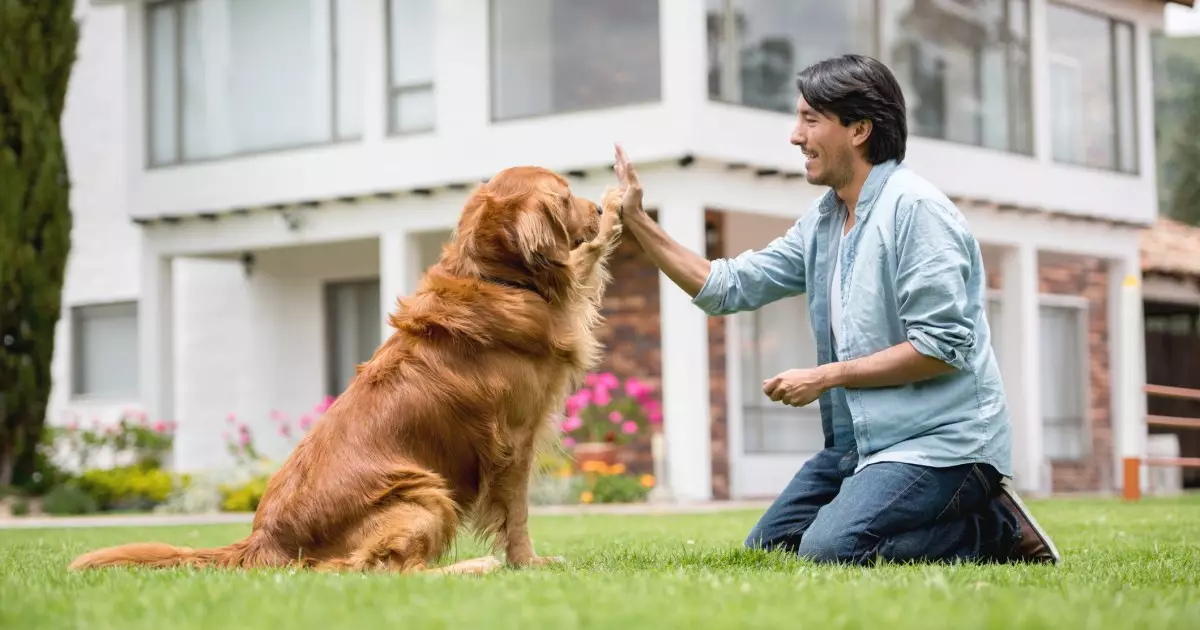When it comes to training dogs, identifying effective rewards that stimulate their motivation can seem straightforward yet can also be quite nuanced. While many owners gravitate towards food as the primary reward, it is essential to recognize that each dog is unique with distinct preferences. Understanding your pet’s motivations requires observation and interaction. For instance, some dogs may respond enthusiastically to physical activity or social engagement, while others might find joy in simple, verbal praise.
Thus, diversifying your rewards not only keeps training interesting but can also enrich your dog’s emotional well-being. Some potential non-food rewards include the chance to engage in a fun game, exploring new environments, or even enjoying moments of affection and praise. Moreover, by discovering what truly excites your dog, you create a more meaningful and effective training routine.
Identifying Your Dog’s Reward Preferences
One effective way to determine which rewards resonate with your dog is through experimentation. Try different rewards while training—observe how your dog reacts when you offer to take them for a walk, engage in a game of fetch, or simply provide them with loving attention or praise after a desired action. If your dog seems unresponsive or distracted by other stimuli, it becomes evident that the current reward isn’t enough to maintain their interest.
It’s crucial to adjust your strategy based on their reactions. For instance, if your dog is more interested in a chew toy compared to verbal praise, it could be advantageous to use the toy as a reward during training sessions. Each interaction is a learning opportunity; analyze what captures your dog’s focus the best and tailor your rewards accordingly.
Tailoring the Environment for Optimal Training
Creating an environment conducive to training can significantly affect your dog’s responsiveness to rewards. Minimizing distractions is a vital step. If your dog constantly gravitating toward a favorite toy during training, it’s prudent to remove such items temporarily from the training area. This ensures that they can focus entirely on the task at hand while heightening their motivation for the rewards you offer.
Sometimes, a higher-level reward may be necessary for encouraging desired behaviors. If you find your dog ignoring you for nearby distractions, consider introducing more enticing forms of play, like fetch with a beloved ball. The key is to start with rewards the dog values and gradually build to something even more engaging.
Developing a solid training strategy that utilizes non-food rewards enhances not just your dog’s learning but also fortifies the bond between the two of you. As you continue to explore various types of rewards, be attentive to your dog’s responses and preferences; this two-way communication fosters trust and understanding. Ultimately, the more rewarding experiences you can create during training, the more effective and enjoyable the process will be, ensuring a healthy and happy relationship with your furry friend.

